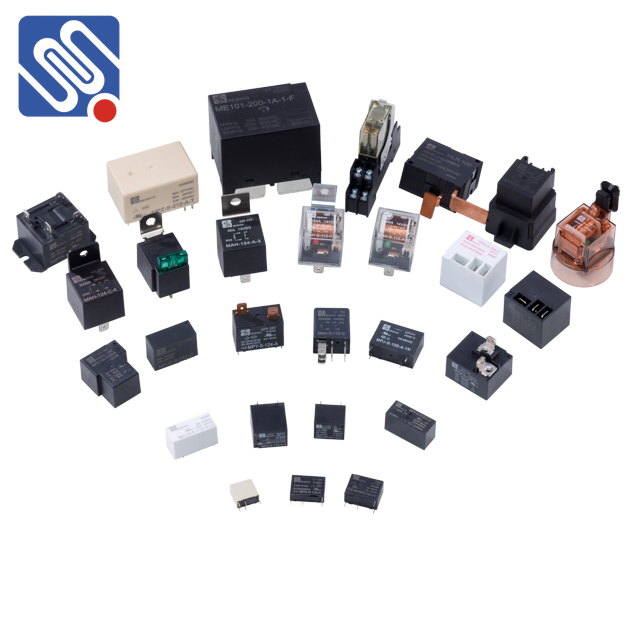relay types: understanding the different forms of data and signal relays in technology
Release time:2025-10-24 04:49:52
In today's world, where communication and technology play a pivotal role in almost every aspect of life, the concept of relay types holds great importance. Whether it's transmitting electrical signals, forwarding data across networks, or facilitating communication between different systems, relays are at the core of many systems. Understanding the different relay types can help demystify how these processes work and the technologies behind them. This article will explore various relay types across different contexts, ranging from electrical engineering to network communication and blockchain.

1. Mechanical Relays
The most common type of relay, the mechanical relay, is widely used in electrical circuits. Mechanical relays operate by using an electromagnet to move a physical switch that can either open or close the circuit. This process is typically slow and involves physical movement of contacts. Mechanical relays are commonly found in home appliances, industrial machines, and control systems.
Despite their robustness, mechanical relays have limitations. Their moving parts are subject to wear and tear, making them less reliable over time compared to newer technologies like solid-state relays. Additionally, the slow switching speed can be a hindrance in applications that require fast response times.

